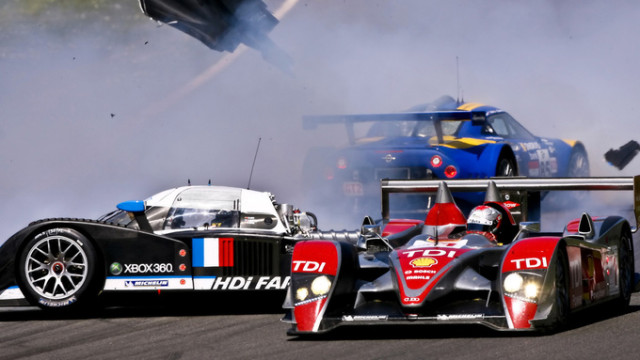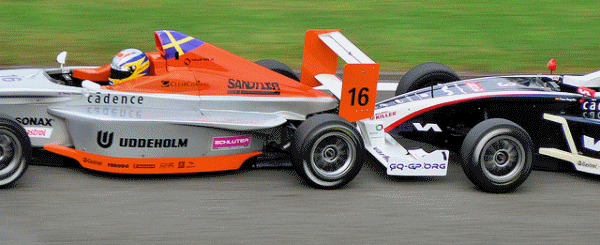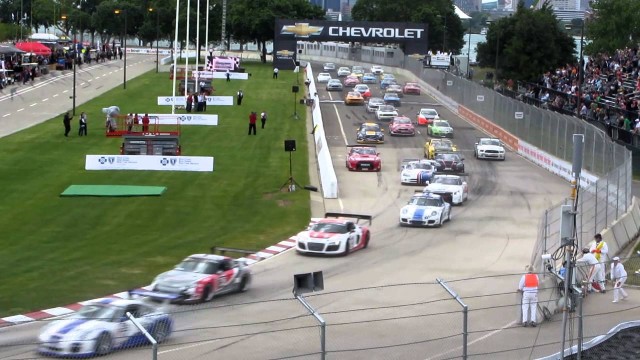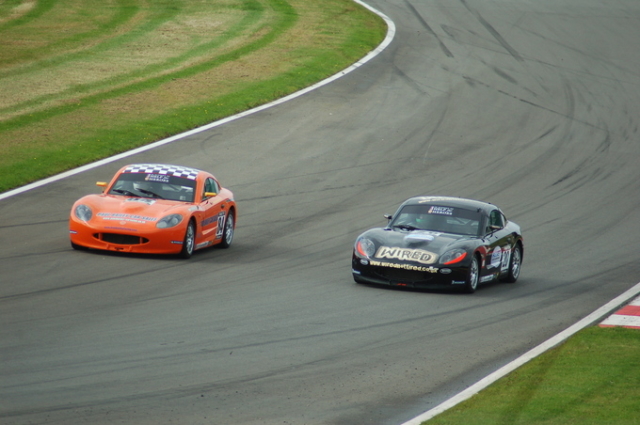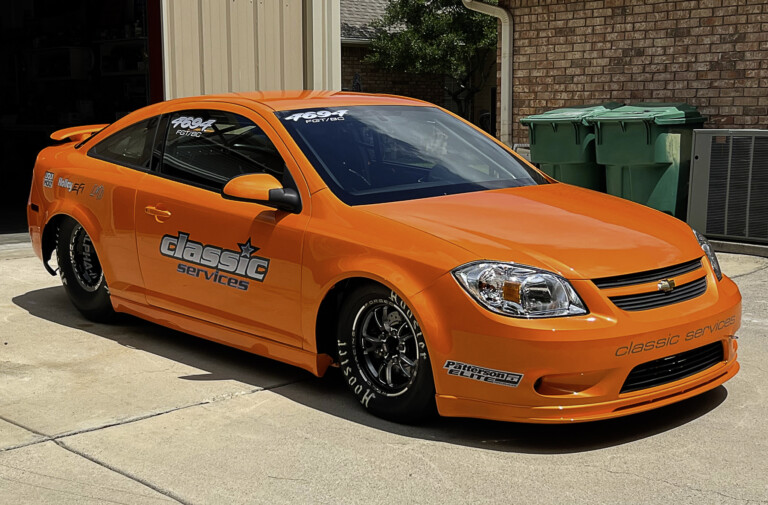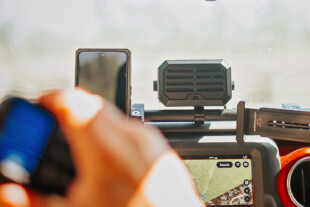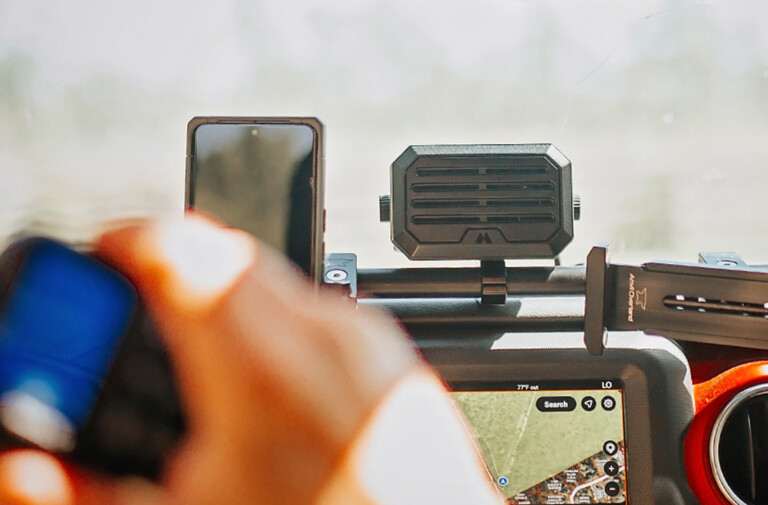It’s a skill that every driver needs to excel and without it, they’ll crash out at the first corner. There aren’t many aspects to racing a driver needs to understand better than managing traffic and learning spacial awareness. Regardless of one’s bravery or skill, if one can’t handle themselves among others in close quarters, there’s little that speed or lap times can do for them.
It’s well-known that there are plenty of people who can turn a fast lap, but fewer who can really race cleanly and accurately among other drivers. Part of that comes down to finding a certain degree of serenity when driving within inches of another driver’s expensive racing car, and noticing that they’re swerving towards your brand new widebody fenders. To put it simply, this is just something that takes a bit of time and grows less frantic and nervewracking as time goes on.
Some say that what karting best teaches is the ability to sense where opponents are at all times. Without mirrors, the experience of racing in open-wheeled karts, where touching wheels can throw one feet into the air, will keep ’em sharp.
Once one begins to feel comfortable in traffic and learns how to drive within their space, yet forcefully and assertively taking the real estate they dub theirs, they need to learn who they should be passing and how much caution they need to use. Certain drivers, regardless of their skill or experience, are simply oblivious and have a tendency to cause avoidable incidents.
For that reason, it also pays to be a little circumspect when leading a driver of questionable racing ethics. If they’re known for punting their opponents off the track, it pays to make a “courtesy check” in the mirrors prior to hitting the middle pedal in a braking zone. There’s a good chance the unscrupulous driver might try a kamikaze overtake – and at least you won’t suffer the consequences if you’re able to avoid that sort of nonsense.
Take the race start. It’s a situation that reveals the character in many drivers, since the tension that accompanies the engines blaring and flashing lights often put competitors in a state of mild panic. Some more conservative drivers would not make any risky moves at this point, since the chances of colliding are high with so many drivers in close proximity, and gnashing at the bit. One serious-minded driver might think, “there’s plenty of time to overtake,” which would be true – though a blazing start not only intimidates one’s opponents, but gives them a chance to break away from the pack.
Another situation involves a duel between two closely-matched drivers on entry to a corner, and stands as a general rule throughout the race. If there’s a bobble or a momentary loss of momentum from the driver in front, and the driver attacking senses a chance to pass, they should try to get at least half-way alongside their opponent before turn-in. There’s a chance they’ll get into an incident if they’re not in the other driver’s peripheral vision by the turn-in point, and in that case, it’s sometimes wiser to wait. There’s no right answer to when the right time to strike is, but learning to assess risks and benefits in this manner is what every driver needs to begin doing if they intend to make their passes stick on a consistent basis.
There is an ability top-tier drivers possess where they can imagine where their opponents are, what they’ll do, to an extent while in close quarters, and how to position themselves to both stay out of trouble and assert themselves on track. This is part-sixth sense, part discipline. For instance, a driver can know that a close-following opponent is going to make a move if they make a mistake, and they’re able to defend by anticipating their move with some clarity. A discerning viewer will often notice drivers checking their mirrors at the exit of fast corners in case a pursuer got a good run on them.
Anticipation is everything in racing, but so is an innate understanding of momentum and car placement, and combining that with observing other drivers and their machine’s characteristics, and assessing risk all at the same time. It’s almost like a dance, which some drivers learn to do well, and others not as much. The latter group are the ones in the penalty box, the ones with hushed voices chattering about them, and those that occasionally get a taste of their own medicine from the more vindictive drivers on the grid. For those who can turn a quick lap on track days, they’ll be surprised at how truly intense close, wheel-to-wheel racing can be.



